Low carbohydrate diet-This is just one or two months of dieting, this is a way of life. And although it has certain restrictions on products (such as soda water, sugar, and baked goods must be excluded), it is not much stricter than usual, but the understanding of proper nutrition is so vague.
Grilled meat, fish, fatty dairy products, berries, vegetables and various vegetables-with all these varieties, you can still successfully lose extra weight! Does every girl dream of this?! However, like everywhere else, there are pitfalls here too-this is why we strongly recommend that you consult your doctor before switching to a low-carb diet.
The essence of a low-carb diet
Anyone who has tried to lose weight at least once knows that in order to lose weight, you must give up sweets and starchy foods. It is true that most fatty foods are excluded from the diet-butter, meat, butter, mayonnaise. As a result, girls eat lettuce and green tea in order to get their dream figure, which inevitably leads to body breakdown and even more weight gain. This method of weight loss is fundamentally wrong. To lose weight is to eat, but the diet should be different from the previous one.
Moreover, many women forget that healthy fat is the basis for the formation of ovarian sex hormones, adrenal hormones and vitamin D. Vitamin D is responsible for the expression of thousands of genes!

Nutritionists have been studying the effects of certain foods on human health. Their work has produced various nutritional systems aimed at maintaining a healthy body, a stable emotional background, and achieving an ideal body shape. In the mid-2000s, Swedish scientists proved that wide and large consumption of sugar and starch, instead of fat as previously thought, is much more harmful to the body. This led to a true nutrition revolution.
Fatty foods have a completely different effect: they give the body a lasting feeling of fullness and provide it with enough energy for a long time. Compare this: when carbohydrates are burned in our body's furnace, the production plants in the form of cells and tissues receive slightly more than 4 kcal, while fat is more than twice-9 with a small tail.
Recently, another myth was debunked, the brain needs glucose to function normally, and glucose can only be obtained from pure sugar. Large-scale studies in the fields of physiology and nutritional science have shown the opposite: Alzheimer’s is more commonly observed in sweet lovers, and those who consume the right amount of carbohydrates throughout their lives maintain a clear mind until the end of their lives.
In fact, nerve tissue uses glucose as a substrate for energy (that is, the firewood it sends to the mitochondrial furnace)-this is the most popular method, but it is far from the only way to ensure its vital functions. With prolonged hunger and reduced carbohydrate intake in food, our brains first, of course, reluctantly, but switch from gasoline to gas-or more precisely, from glucose to ketone bodies.

For many women, the low-carbohydrate diet for weight loss is easy to tolerate because it does not accompany hunger. Adherents of this diet notice that they do not have any cravings for foods that contain a lot of sugar and starch. In this regard, there is no need to clearly standardize the amount of carbohydrates allowed, but nutritionists still give certain recommendations-20 to 100 grams of carbohydrates per day. Naturally, their source of supply should be grains, vegetables and fruits, rather than refined sugar and high-quality flour (or even more refined).
However, constantly counting the calories you eat and the resulting guilt (if you don’t meet daily norms) will only relax the emotional context-and then losing weight will backfire. Add enough physical activity and make sure that the feeling of fullness does not automatically equate to overeating, and then you absolutely do not need the very conditional calorie calculations of the app on your phone.
- Eat only natural fats and strongly discard synthetic fats.
- Minimize cooking food.
- Eat happily, get physical and aesthetic pleasure. Stay alone on the plate-don't let your cell phone, newspaper, and TV distract you: don't forget that the digestive juices are secreted before the food touches the oral taste buds-this is the so-called brain or complex reflex secretion stage.

There are no serious contraindications to a low-carbohydrate diet, but people with chronic diseases (such as fatigue adrenal syndrome) are advised to consult their doctor. Insulin dependent patients and patients with cardiovascular problems should consider the particularity of their condition and follow the advice of a dietitian as a guide.
How mitochondria work in the body
It seems, why should a person far from science understand such a complicated problem? However, understanding the basics of cell function will help to better understand the processes that are happening deep in our bodies. We will only cover the effects of ketones and insulin on mitochondrial activity to show how we can improve our health by changing our diet.
Mitochondrial function-Extract energy from food and combine with oxygen to synthesize adenosine triphosphate (ATP), which is the basic unit of animal cell energy. Mitochondria are present in every cell in the body, except for red blood cells-red blood cells are forced to support themselves through a slightly different glucose conversion process.
Insulin plays an important role in this process. It depends on how the body processes the generated energy: whether it uses it for current needs or stores it for emergencies. Elevated insulin levels trigger a synthetic reaction-including fat. This is an anabolic hormone-that's why everything grows on it: muscle (due to increased protein production) and cancer cells (in fact, tumors are based on uncontrolled division).
The lack of carbohydrates results in a limited amount of insulin produced-just enough to meet the body's needs. This begins the ketogenic process: fatty acids are converted into ketones, which are used as fuel for cells-including neurons in the brain, as described earlier.
8 low-carb diets
Basic low-carb diet
In short, it can be described as follows: carbohydrates-less, protein-more (compared to your usual diet). The basis of the diet is meat, fish, eggs, cereals, vegetables, fruits, nuts, and natural fats.
As for the recommended amount of carbohydrates, it depends on the goal:
- Maintain weight or provide energy to the body for intense physical activity-100-150 grams. Fruits and starchy vegetables are allowed;
- Moderate weight reduction-50-100 grams; prohibit potatoes and sweet, high-carbohydrate fruits (such as bananas and mangoes)
- Quickly remove excess fat-no more than 50 grams. There are many vegetables, but the fewest fruits.
Ketogenic diet
If you reduce your carbohydrate intake to a minimum, your insulin level will drop to the basal level, causing ketosis. In this state, fatty acids are broken down to extract the energy the body needs. Ketone bodies are formed in the liver, and the liver itself does not have enzymes to provide energy—in fact, it is a factory that produces goods for export. These molecules act as fuel for muscles, kidneys and brain.
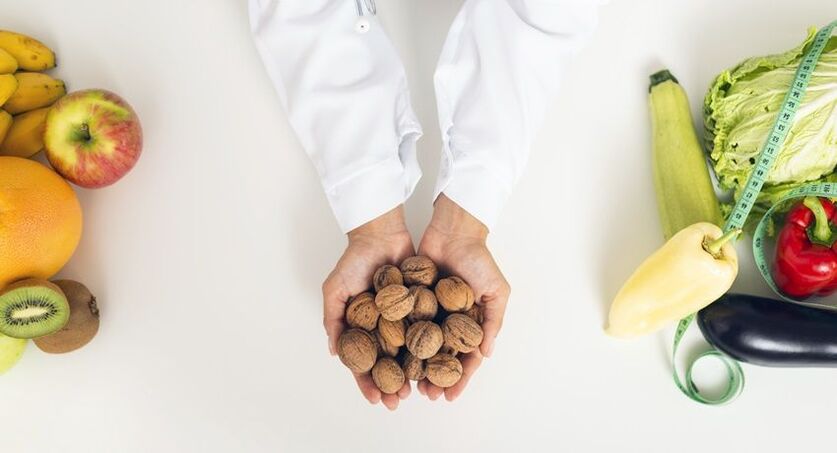
The keto diet includes foods rich in protein and fat, while the amount of carbohydrates is limited to 20-50 (usually 5-10) grams per day.
Low carbohydrate, high fat diet (LCHF-low carbohydrate, high fat). . .
This way of eating is different from the usual choices because it emphasizes adding whole foods or minimally cooked foods to the diet. It is most common in Scandinavia, where sustainable diets and lifestyles are traditionally popular.
Low-carb paleo diet
Proponents of this method of losing weight and maintaining health believe that only those foods that were available to humans at the beginning of the Paleolithic era can be eaten. You can eat meat and fish, seafood, eggs, fruits, vegetables and wild berries, nuts, seeds and roots. In a word, everything that the ancients could collect or capture with their own hands is allowed. Everything that has emerged due to the development of agriculture and the food industry is banned: sugar, grains, sausages and candies, semi-finished products. The main idea of this diet is to believe that when Homo sapiens appeared, nature had prepared everything necessary for his good nutrition.

Atkins diet
In the past four decades, the popularity of this weight loss system has not diminished. Meat, fish, seafood, eggs, salads and other non-starchy vegetables, mushrooms, dairy products, and nuts are allowed. Due to the high fructose content, fruit needs to be restricted.
There are four stages of diet:
- During the induction period, it is recommended that the intake of carbohydrates be less than 20 grams within two weeks. The diet includes protein products and non-starchy vegetables.
- In the stable weight loss phase, the amount of carbohydrates increases by 5 grams per week. 3-5 kg before reaching the ideal weight, this stage is over.
- In the stable phase, add 10 grams of carbohydrates per week.
- During the maintenance phase, allow healthy carbohydrates to be added to the diet. If the weight starts to increase, their number will decrease again.
Eco Atkins
For followers of plant-based nutrition, a special Atkins diet has been created. Since animal products are not used as a source of protein, essential amino acids are obtained from soybeans, legumes, nuts and gluten. Compared with the classic Atkins diet, this inevitably increases the consumption of carbohydrates, but in the context of the traditional diet, there are very few carbohydrates on the vegetarian menu. In addition, regular use of grains can negatively affect the permeability of the intestinal tract-it will increase, causing bacterial cell wall components to enter the systemic circulation and activate the immune system's response.
Zero carbohydrate diet
Few people decide to completely eliminate the use of carbohydrates in order to start the proactive weight loss process. However, some people only add animal products to their diet. Their menu includes meat, fish, eggs and animal fat dishes. They don’t eat vegetables, fruits, or even more grains. It is uncertain whether this diet is safe, because the corresponding scientific research has not yet been carried out.
There is no doubt that a complete lack of fiber (a broom that cleans the intestines and stimulates intestinal peristalsis) can adversely affect the body. The resulting constipation and stool problems form a closed vicious circle, which in turn leads to the overgrowth of bacteria, which leads to increased pressure in the intestine. The latter will have a negative impact on the excretion mechanism of pancreatic juice and bile.
Mediterranean diet
Traditional Mediterranean diet based on fish, seafood, olives, vegetables, cheese and durum wheat pasta. It differs from the classic low-carbohydrate diet in that it reduces the content of red meat and animal fat and a lot of vegetables, namely olive oil and oil. Studies have shown that this lifestyle helps Mediterranean people reduce obesity, cardiovascular disease and type II diabetes.
The benefits of a low-carb diet for weight loss
Studies have proven the effectiveness of low-carbohydrate diets for weight loss. At the same time, people will not feel hungry and will not have a constant desire for prohibited products. This is due to the specificity of protein breakdown and the sufficient calorie content of fat.
A low-carbohydrate diet can help you quickly lose belly fat, including the visceral fat around the internal organs. This significantly reduces the risk of heart disease, type 2 diabetes, and certain types of cancer.
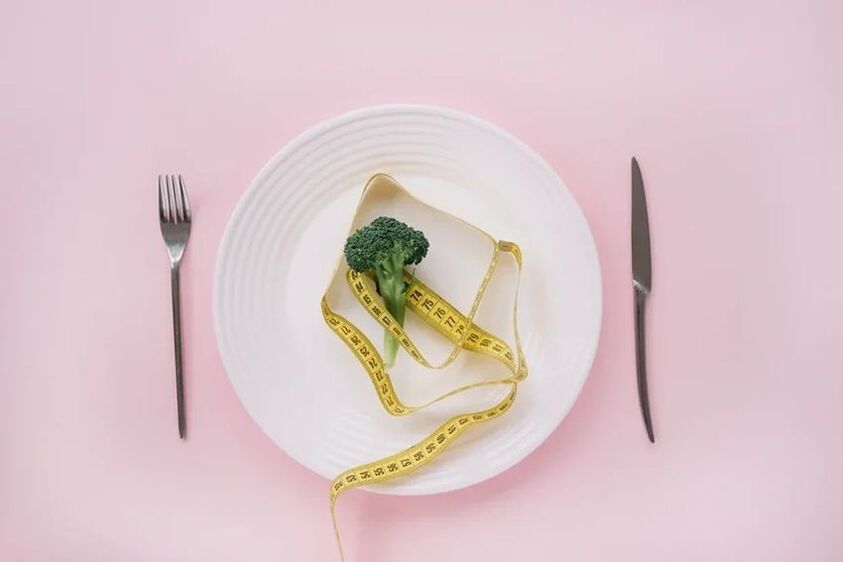
Benefits of a low-carb diet against disease
Overweight has become the cause of many pathological conditions, so even if there are no obvious health problems, one must get rid of the accumulated kilograms. Low-carbohydrate diet should be the nutritional guideline for patients with diabetes, heart, reproductive and neurological diseases.
- diabetes. . . Changing the low-carbohydrate diet while increasing fat has many beneficial effects on obese type 2 diabetic patients. By sticking to this diet, they can stabilize blood sugar levels and take smaller doses of pharmacological drugs for this pathology.
- Nervous system disease. . . For patients with epilepsy, a low-carbohydrate diet has long been recommended as a simple and effective way to reduce the risk of seizures. For Alzheimer's disease, in order to prevent its occurrence, neurologists recommend adding more fatty foods to the diet and minimizing the use of simple carbohydrates.
- heart disease. . . By adhering to the dietary principles with the lowest carbohydrate content, patients with heart disease can significantly improve their condition. One study involved 55 overweight subjects. After sticking to a low-carbohydrate diet for 12 weeks, their triglycerides, C-reactive protein (one of the main markers of inflammation) decreased, and the "good" cholesterol indicators in HDL (high-density lipoprotein) also improved. ).
Foods to avoid in a low-carb diet
Following a diet means excluding the following foods from the diet:
- Cereals and starches: Bread, rolls, pies, pasta, rice and other grains.
- Sweet drink: Fruit juice, sweetened tea, milkshakes, fruit smoothies, sports drinks, cocoa, sweet lemonade.
- Sweetener: Sugar, honey, agave, syrup.
- Vegetables high in starch and sugar: Potatoes, sweet potatoes, zucchini, beets, peas.
- Alcoholic beverages: Beer, sweet cocktails and sweet wine.
- Commercially available low-calorie and nutritious food. . . Such labels are often misleading: light mayonnaise contains starch, while diabetic products contain fructose.
- Semi-finished products and sausages: Not suitable because of high sugar, starch and soybean content. They are also a hidden source of gluten.
- Fruits can be eaten in limited quantities, berries-small servings.

These are general guidelines for all types of low-carb diets. The exact amount of carbohydrates you can consume in a day depends on your goals and the type of diet. Therefore, ketosis can only be achieved by minimizing carbohydrate-containing foods. Allow other types of diets to include up to 50 or even 100 grams of carbohydrates in the diet.
List of approved products
In order to lose weight without feeling hungry and unhealthy, the creators of the low-carbohydrate nutrition system focused on high-fat and high-protein foods.
The list includes:
- Egg. . . They contain a lot of healthy fats and are almost completely free of carbohydrates. In particular, it is a source of biotin, fat-soluble vitamins (A, D, and E), and choline, which is the precursor of acetylcholine, one of the main neurotransmitters in the nervous system.
- Oil. . . All types of oil can be used in the diet, but olive oil, coconut oil and avocado oil are recognized as leaders in terms of health benefits.
- a fish. . . It is best to choose fatty species-salmon, trout, sardines. Their adequate consumption will provide the body with omega-3 fatty acids, thereby significantly reducing the risk of cardiovascular system disease and impaired cognitive function.
- Meat and poultry. . . We recommend veal, chicken, turkey, and rabbit.
- Dairy products. . . Butter, unsweetened yogurt, butter, cottage cheese, cheese.
- Non-starchy vegetables. . . any vegetables, broccoli, various lettuce, asparagus, cauliflower, peppers, mushrooms.
- avocado. . . a unique fruit rich in healthy fats.
I will give you a sample menu
A sample of a low-carbohydrate diet for weight loss for a week is shown below:
breakfast:
- An omelet made from two eggs and a small amount of whole milk or cream.
- Two slices of hard cheese.
- Coffee with coconut milk or cream.
dinner:
- Pork steak.
- Fresh vegetable salad with olive oil.
- Cream cheese (3 tablespoons).
- The tea is not sweetened.
Afternoon snack(Optional-but it is better to strive for the most physiological three meals a day):
- 20-30 pieces. Pre-soaked almonds.
- Baked apples (no raisins, sugar or honey! ).
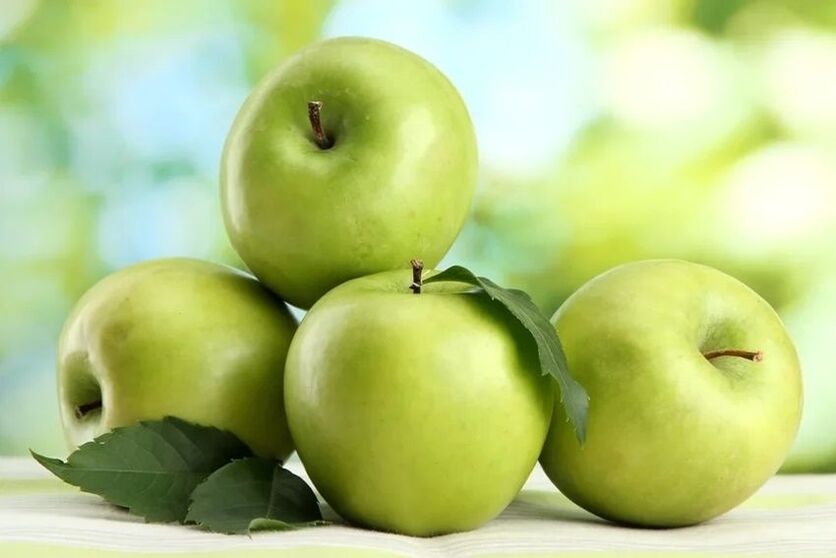
dinner:
- Greek salad (sweet pepper, cucumber, tomato, feta, olives).
- The mushrooms are grilled or fried in vegetable oil.
- Grilled fish.
Menu of the week
In order to simplify the weight loss process as much as possible and save your time, we recommend that you use a menu every day to accurately adhere to a low-carb diet. If you want, you can change it without going beyond the approved product list.
on Monday
- breakfast.Cheese omelet, vegetable and herb salad, avocado toast, unsweetened coffee with a piece of butter or coconut oil and berries.
- dinner.Grilled or frying pan pork chops, lettuce, homemade salty cheese.
- dinner.Veal in cream sauce, cabbage salad.
Tuesday
- breakfast.Sea bass steak, sliced cucumber and tomato, and natural yogurt for dessert (you can add coconut, almond flakes and some berries that are beaten in a blender).
- dinner.Mushroom soup, tobacco chicken, homemade eggplant and sweet pepper caviar.
- dinner.Duck breast with vegetable garnish.

Wednesday
- breakfast.Ham omelet, green salad with sour cream sauce, a handful of your favorite nuts, green tea.
- dinner.Zucchini soup, fried cheese, baked apples (unsweetened varieties are best).
- dinner.Fried veal, cauliflower, stewed with cream.
Thursday
- breakfast.Poached eggs with avocado, spinach, light-salted salmon.
- dinner.Pike patties, grilled vegetables.
- dinner.Pork and broccoli casserole with sour cream sauce and cheese rind.
Friday
- breakfast.Half-boiled eggs, zucchini pancakes with ricotta cheese, olives, and cocoa.
- dinner.Cut the chicken fillet on the vegetable pillow.
- dinner.Salmon steak with pumpkin puree.
Saturday
- breakfast.Omelet with ham and sun-dried tomatoes, hard cheese, a handful of nuts and berries.
- dinner.The rabbit back is served with boiled and fried asparagus.
- dinner.Stir-fried chicken drumsticks, mushrooms and eggplant.
Sunday
- breakfast.Poached eggs with salmon and spinach, roast turkey, and sugar-free coffee.
- dinner.Turkey steak, cauliflower in cream sauce.
- dinner.Marinated meat and pureed broccoli.
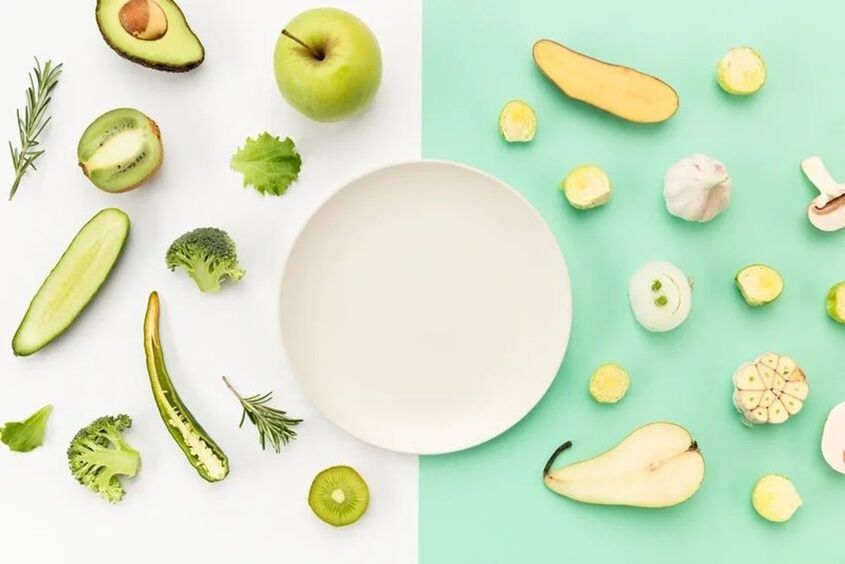
We remind you that for those who wish to switch to a low-carb diet, this weekly menu is just a guide to creating a personal diet. It is impossible to consider everyone's taste preferences. The most important thing is to adhere to the basic principles behind a low-carbohydrate diet: low carbohydrate, high fat.
Diabetes low carbohydrate diet
The principles of a low-carbohydrate diet vary according to the type of diabetes. Patients with insulin dependence should eat a balanced diet, including foods with a low glycemic index.
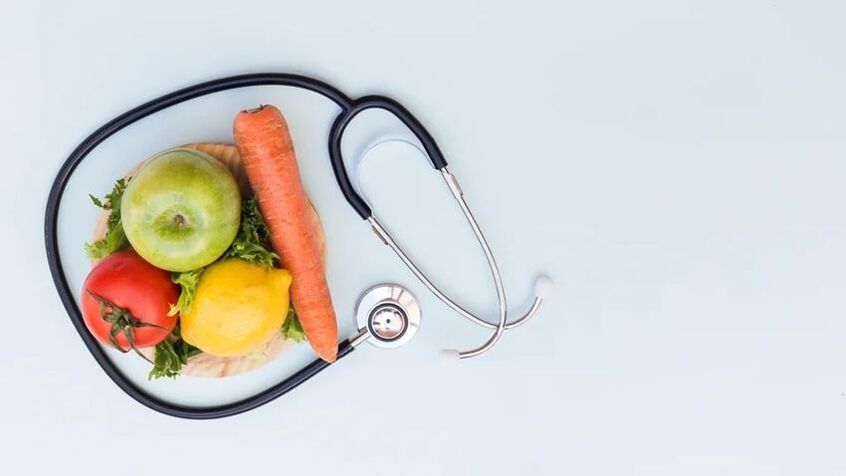
The type 2 diabetes low-carbohydrate diet has some specific characteristics:
- The main part of the medical menu consists of vegetables and herbs. For women, the standard for non-starchy vegetables is 500 grams per day, if she does not consume too much energy, up to 800 grams-physical labor or regular exercise.
- To prevent cholesterol levels from rising, people with diabetes will eat a low-carbohydrate diet that does not contain saturated fat. Preference is given to healthy unsaturated fats, which are found in low-fat fish species, as well as vegetable fats. This means that pork, lard, salmon, and salmon are not recommended. On the contrary, nutritionists recommend that diabetics eat more nuts, avocados, olives, and use vegetable oil for cooking.
- For such patients, completely rejecting carbohydrates is contraindicated, as this can lead to a drop in blood sugar and worsening health. Carbohydrates should be absorbed evenly throughout the day, and vegetables are the best source of carbohydrates.
- For snacks, you can use protein foods with a low glycemic index, which can quickly satisfy hunger pangs-pre-soaked nuts are the perfect choice.
- In type 2 diabetes, a low-carbohydrate diet with a low-sugar diet may require adjustments to previously prescribed medication doses. In the first stage, the glucose level in the blood needs to be continuously measured: if it is reduced due to dietary changes, the doctor will reduce the dose of hypoglycemic drugs. The endocrinology consultation is required, and it is not cost-effective to adjust the dosage by yourself.
Low-carbohydrate diet for the treatment of fatigue adrenal syndrome
Fatigue Adrenal Syndrome is caused by a constant stress condition. One of the symptoms of this condition is low blood sugar and the accompanying hunger, irritability, and headache.

Treatment is accompanied by proper nutrition, which is based on three key points:
- Do not abuse candies under any circumstances. Eaten sweets will temporarily improve your health, but then will inevitably lead to a sharp drop in blood glucose concentration and subsequent discomfort.
- Any sausage prefers a piece of ordinary meat. The products obtained due to complex technical processing contain a large number of substances banned in this type of diagnosis.
- Gluten and vegetable oils containing pro-inflammatory omega-6 polyunsaturated fatty acids must be removed from the diet.
In addition, the low-carbohydrate diet of men and women with fatigue adrenal syndrome means avoiding coffee altogether. This is all about cortisol. Under the influence of caffeine, the production of cortisol will increase. As a result, the metabolism slows down and the weight loss process slows down.




























